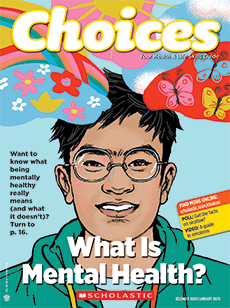Continue the learning journey with the following extension activity:
In IS IT CONSENT? elicit class feedback to create a list of common scenarios involving consent in friendships and other relationships. Some examples of these could be “holding hands,” “posting apicture you took of someone on social media,” or “inviting someone to the movies.” Have students work in small groups to role-play giving (or refusing to give) consent in those scenarios. Encourage them to use verbal cues for this as well as body language. At the end of each role-play, have the class discuss whether consent was given or not. Spark discussion by asking the class to think about how someone should respond when consent is not given to them or how they can check in with a person who seems uncomfortable.
